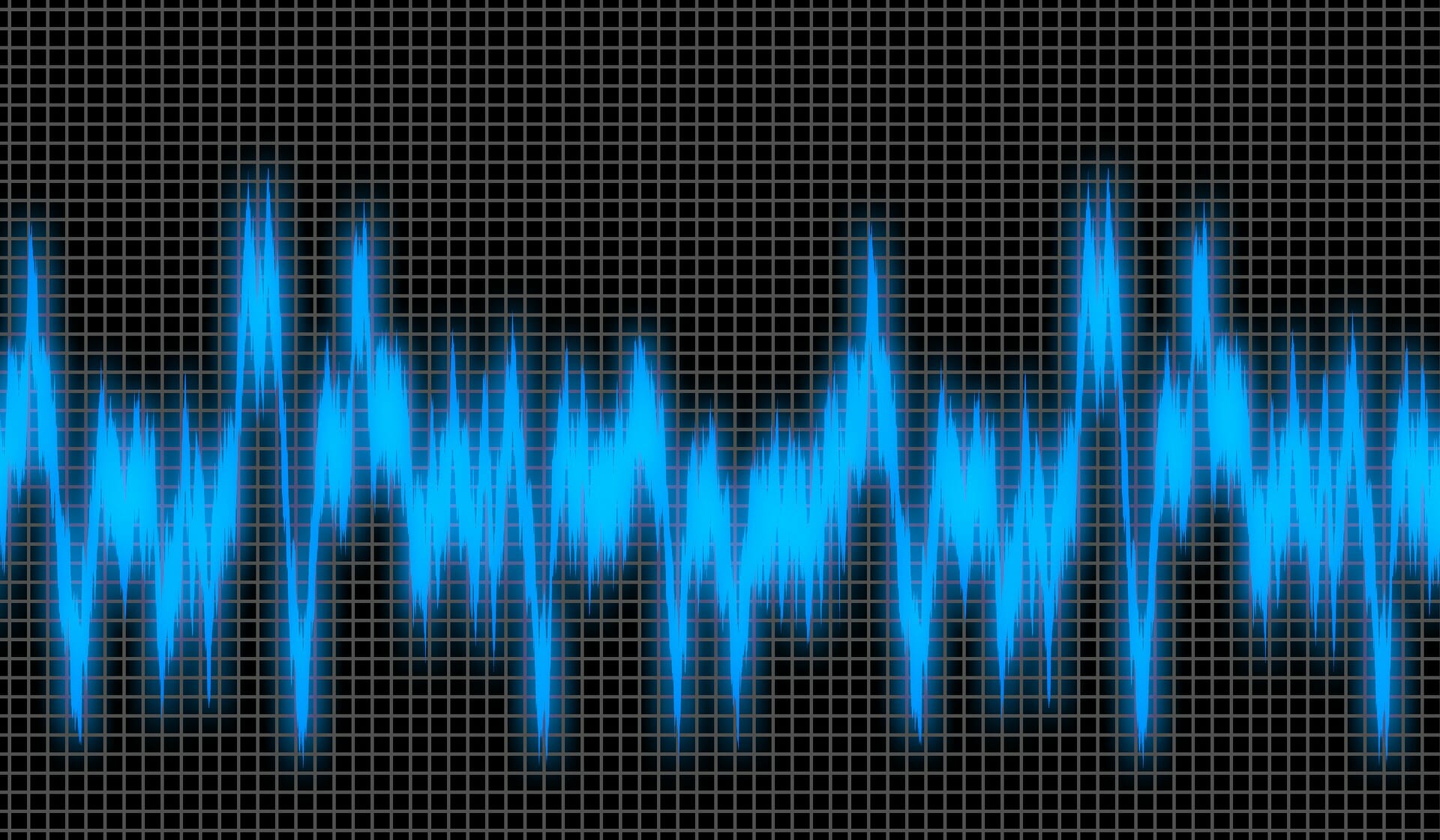Hi,
Over last 2 years I installed quite a few (a few dozens) of 4" sound absorption panels from ATS Acoustics. Most of them of "Bass trap" category with the absorption coefficient advertised as in below image:

and others normal, absorbing less lower frequencies.

So, first of all, I do not understand how the absorption coefficient can be higher than 1.
Secondly, these absorption coefficient, especially from the "full-range" variety, seem to be well higher than allowed by the 1/4 of wavelength rule.
But they seem to be working, as advertised. This is one of the earliest measurements in my 36*17' room:

and this is one the recent ones:

They seem to be reducing reverberations in broad range, up to 60Hz, perhaps.
So, how can this "Physics laws defying" behavior be explained?
Over last 2 years I installed quite a few (a few dozens) of 4" sound absorption panels from ATS Acoustics. Most of them of "Bass trap" category with the absorption coefficient advertised as in below image:
and others normal, absorbing less lower frequencies.
So, first of all, I do not understand how the absorption coefficient can be higher than 1.
Secondly, these absorption coefficient, especially from the "full-range" variety, seem to be well higher than allowed by the 1/4 of wavelength rule.
But they seem to be working, as advertised. This is one of the earliest measurements in my 36*17' room:
and this is one the recent ones:
They seem to be reducing reverberations in broad range, up to 60Hz, perhaps.
So, how can this "Physics laws defying" behavior be explained?


